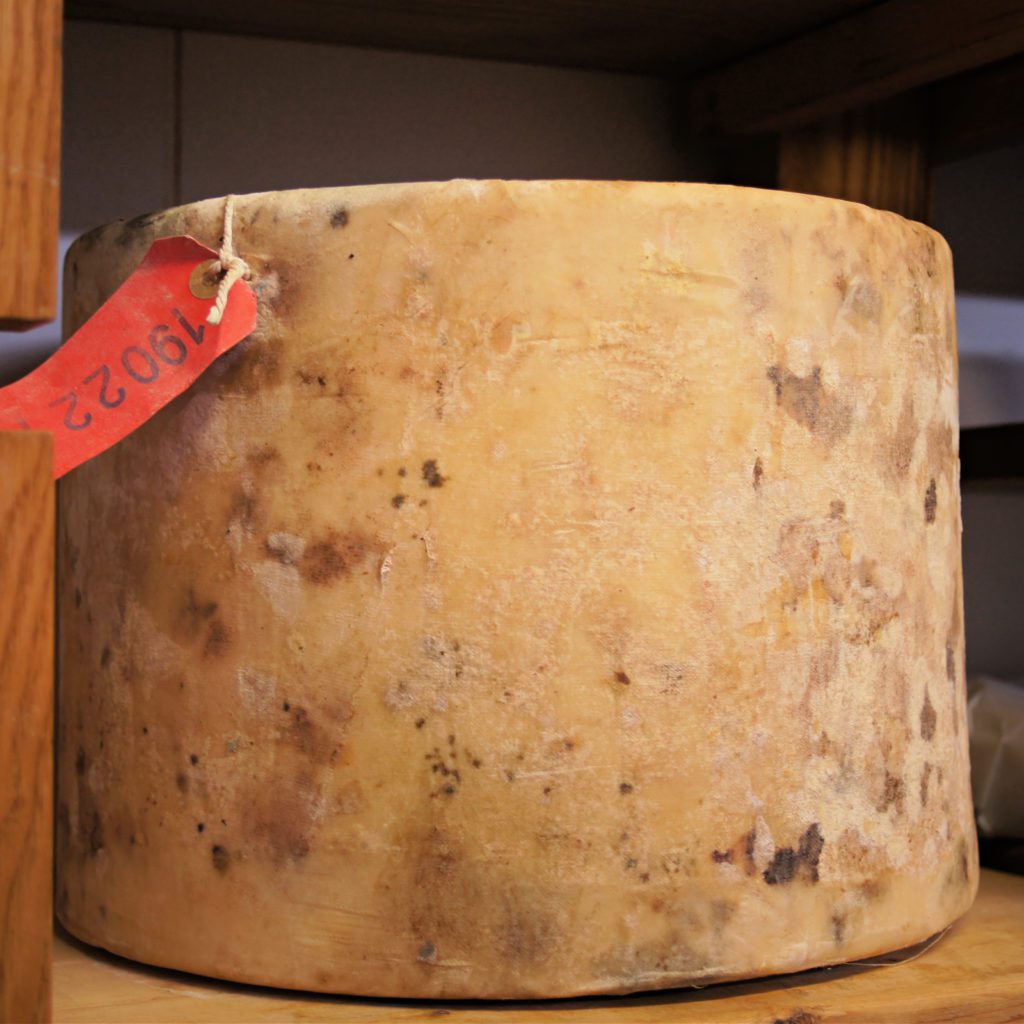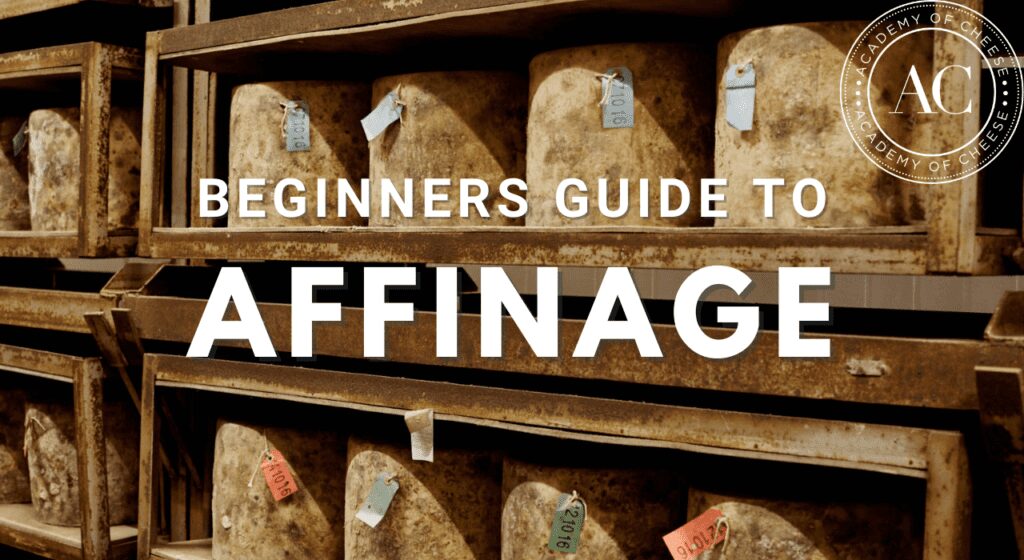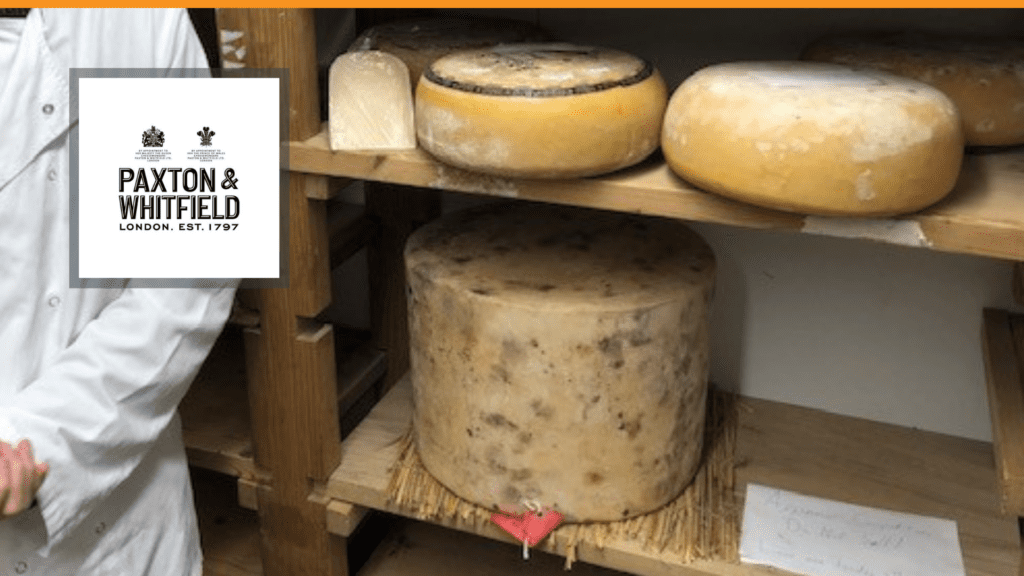For over 220 years, Paxton & Whitfield has pioneered artisan cheese and handmade fine foods. The company has held the Royal Warrant of Appointment to every monarch since HM Queen Victoria in 1850.
Alex is Assistant Manager for our London shops; recently promoted from his role as Cellar Manager in our historic Jermyn Street shop. Alex’ passion for artisan cheese began when he was studying at the School of Artisan Food – close to the Welbeck Estate where Stichelton cheese is made.
Why did you enter the Affineur of the Year competition?
The competition sounded like an excellent opportunity to engage with other affineurs and to would give us the opportunity to mature a cheese for much longer than we normally would do in our historic Jermyn Street cellar.
What is your relationship with affinage to date?
In my previous role as Cellar Manager, I cared for a variety of cheese styles on a daily basis and made sure they arrived with our customers in optimal condition. Our Jermyn Street cellars are very compact and also very busy, so the cheese is continually coming in and out. This means the affinage we usually undertake tends to be more short term such as ripening the smaller, softer styles until just à point. It is rare that we get the chance take a cheddar up to maturity solely in Jermyn Street’s cellars. Exciting!
How are you approaching the maturation and why have you chosen this approach?
We have chosen a very simple approach to the affinage. Our Jermyn Street cellar holds an exceptionally varied population of artisan cheeses so I am really interested to see what affect the unique microflora of our cellar has on this cheddar. Quickes’ cheddar will be sharing that space with cheeses from the Savoie, Jura and Belgium so the results will hopefully be interesting. We turn the cheese once a week and keep the humidity around 90%. The temperature in our cellar is typically between 10-11°C, perhaps a little cool for the 9 months that we have our cheese for, but this is one big experiment so we’ll see in February.
What are your expectations for the matured cheese, flavour profile after 9 months?
I would expect the cheese to retain its sweet, buttery character and would love for it to still show elements of Quickes’ lush pastures. We’re unsure if its alpine neighbours will change it much but that’s all part of the fun. I would like the cheese to develop a deeper, brothy complexity but we may have to hold on to it for 12 months to see that. As this is our first real long-term maturation project under Jermyn Street we don’t really know what to expect – I’m fascinated to see how it develops and taste the results!





















